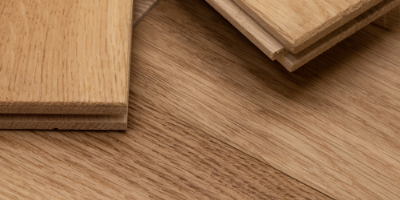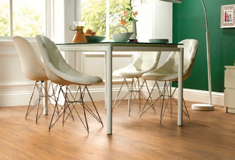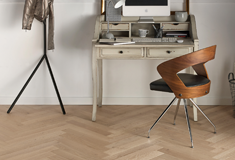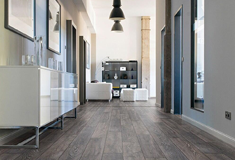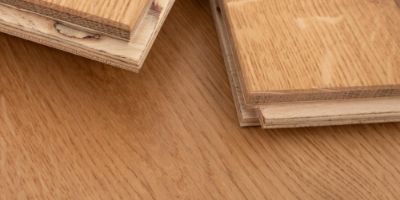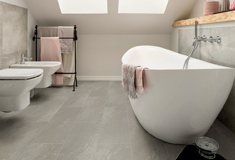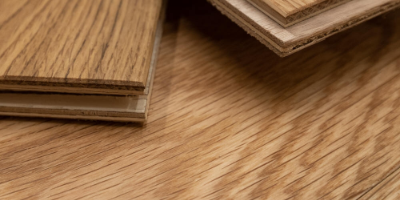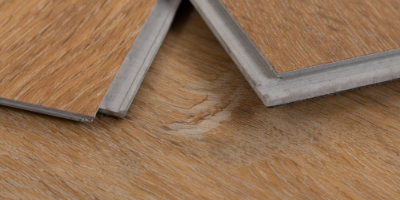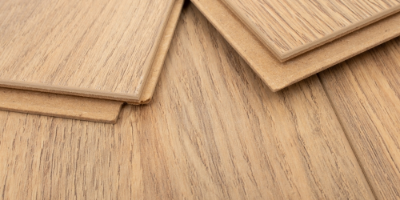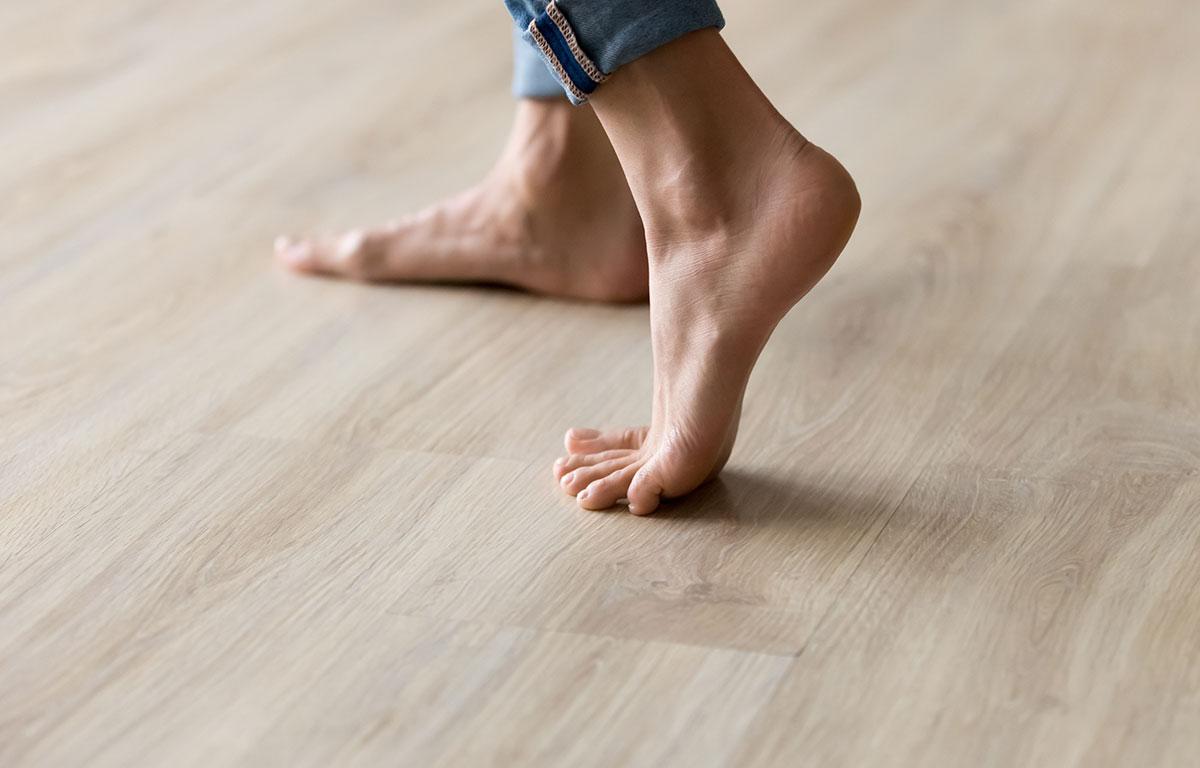Using Engineered Wood Flooring With Underfloor Heating
Wood flooring adds a touch of sophistication to any room and, combined with underfloor heating, it’s the perfect solution for keeping your feet cosy all year round. But, before you take the plunge it’s important to understand exactly what type of wood flooring you need and what underfloor heating options are compatible…
Can I use engineered wood flooring with underfloor heating?
Yes, you can! In fact, if you’re planning on laying wood flooring over underfloor heating, we recommend that you use engineered wood flooring and never solid wood flooring. Engineered wood has the same natural effect as solid wood and feels exactly the same underfoot, but offers added durability.
Its multi-layer construction is designed to withstand fluctuations in temperature and moisture. It can easily expand and contract in response to these changes – unlike solid wood flooring, which is simply not stable enough to cope with changes in temperature and can cause severe damage.
The benefits of using engineered wood flooring over solid wood flooring:
- It looks the same as solid wood flooring as the top layer is real hardwood
- It feels the same as solid wood flooring but has a sturdier structure
- It can be installed at any level of a property, unlike solid wood flooring· It is generally cheaper than similar solid wood planks
Our engineered wood flooring is available in a wide range of styles and finishes to suit every budget and taste, but before you order, let’s explore underfloor heating systems:
What underfloor heating system should I use?
When choosing the best underfloor heating system to pair with engineered wood flooring there are two main types to choose from: electric systems and hydronic systems, but which option is the best for you?
Electric Underfloor Heating Systems
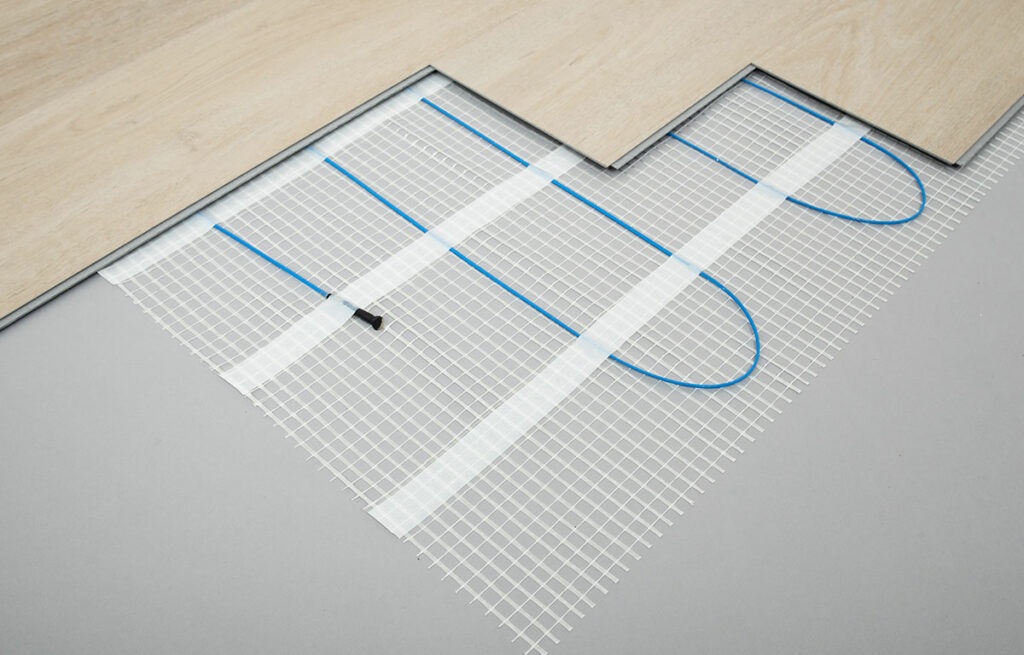
There are a variety of electric systems (also known as ‘dry’ systems) compatible with underfloor heating systems, but those most suitable for engineered wood flooring are foil systems. These systems consist of heating cables sandwiched between a double layer of foil designed to achieve an even spread of heat to the floor above.
The benefits of Electric underfloor heating systems:
- Quick installation
- Work well in smaller areas like bathrooms
- Cheaper to fit than water systems
- Fast heat up times
- Efficient and consistent heat distribution
- No self-levelling required due to being installed directly under the floor surface
Hydronic Underfloor Heating Systems
Hydronic systems (also known as ‘wet’ systems) work very much like central heating where water is heated by a boiler and pumped around via sealed pipes. The heat is controlled by a thermostat to maintain a consistent temperature throughout the property.
The benefits of Hydronic underfloor heating systems:
- Ideal for large spaces, new build homes or renovation projects
- More powerful than electric systems
- Provides an even distribution of heat throughout the room
- Retain heat for longer than hydronic systems
- Can completely replace radiators, creating more space
There are pros and cons for both types of underfloor heating, and both of them are compatible with engineered wood flooring and get the job done. The deciding factor is really about which one best fits your lifestyle.
How to ensure my engineered wood flooring does not get damaged?
When you’ve decided on the right underfloor heating choice for you, it’s important that you follow these four simple steps to keep your engineered wood in tip-top condition and your heating system working as it should:
- Temperature
We advise (as do most manufacturers) that the surface temperature of a floor must never exceed 27°C, which also applies to areas near to radiators and elements. If it does go over that temperature you run the risk of excessive drying out issues and stressed, damaged wood.
Over-furnishing a room can increase the temperature of the wood. Providing that this is not the case, a temperature of around 23°C can be achieved across the entire area covered by the underfloor system. - Insulation
You should also ensure that the insulation you use is high quality (such as our Gold Laminate and Wood Flooring Underlay), that your windows are double-glazed, and that your room and flooring is sealed to industry standards. It is also vital to ensure that the temperature at the feeding of the hot water never exceeds the maximum level, and that installation instructions provided by the supplier of the heating system are followed correctly. - Test
When you’ve installed your underfloor heating, be sure to test the entire system before laying your floor – having to take up your new flooring because of a fault or leak is sure to be an expensive mistake. When testing, best practice is to heat the system gradually, starting at 1°C above the current room temperature, and turn it up by around 1°C each day until you reach that all-important 27°C mark. Once you have done this, turn off the entire system for 48 to 72 hours before fitting your flooring. - Seek Professional Installation
If combining an underfloor heating system with engineered wood flooring, we would always recommend that you hire an expert to undertake the project, or at the very least, have it checked and approved by a certified underfloor heating installer. This will minimise the risk of dangerous errors.
Want even more detailed information?
We have written a handy underfloor heating installation guide for our range of electric underfloor heating systems.
Get in touch
Hopefully we’ve provided you with some helpful insights into using engineered wood for underfloor heating. If you’re still struggling to decide which system to go for, why not get in touch? Our friendly flooring experts are always happy to help!
Remember to follow us on Instagram for the latest news and discussions. We’re always finding new ways to improve our stock, so keep up to date!

